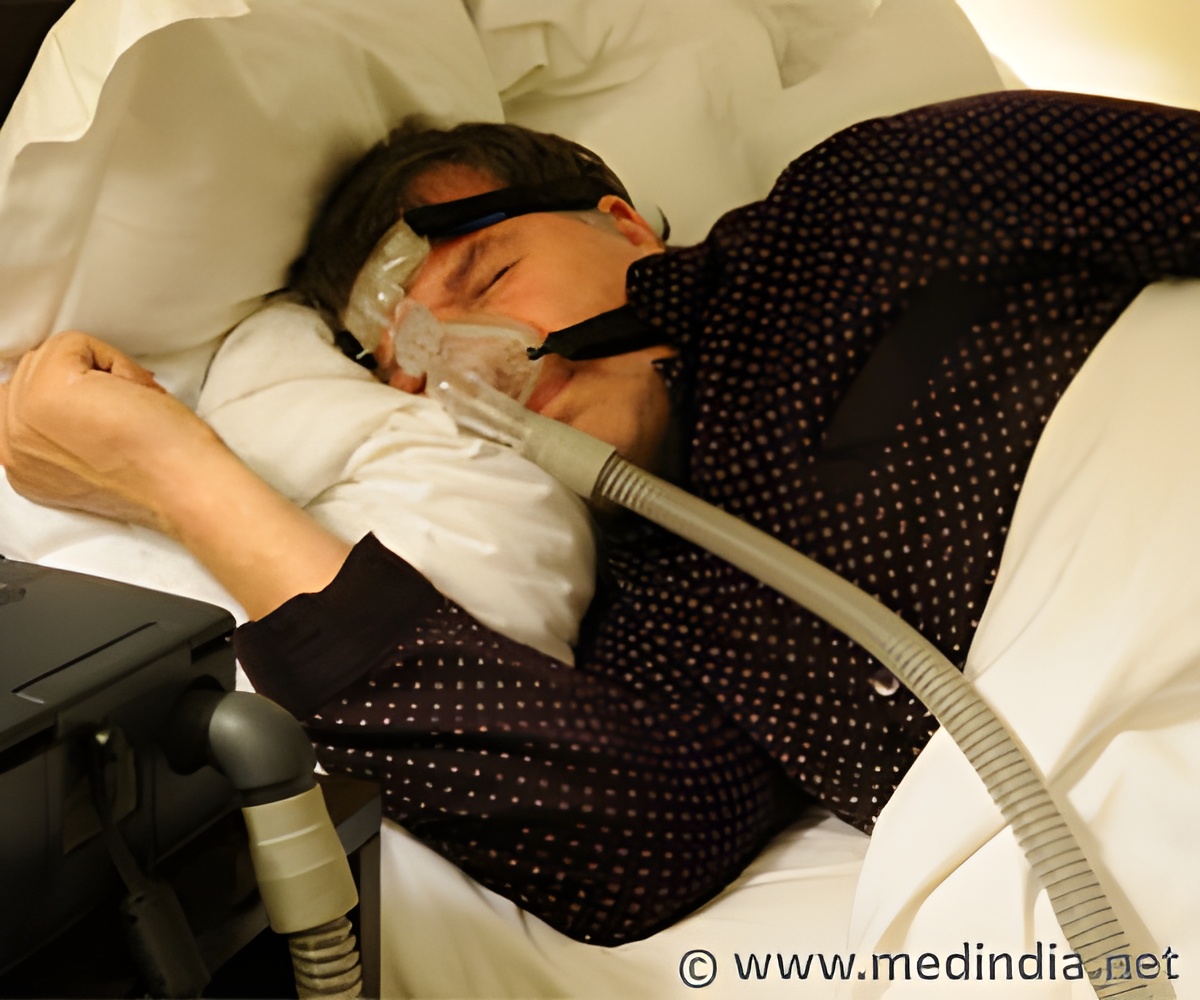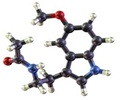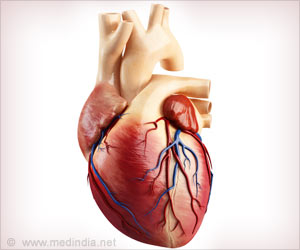Obstructive sleep apnea-related predictors identified in a new study could be collected using more limited recordings than PSG [polysomnography], potentially in the home setting.

Tetyana Kendzerska (University of Toronto) and colleagues conducted a large cohort study of 10,149 participants referred for suspected OSA who underwent diagnostic polysomnography at the sleep laboratory at St Michael's Hospital (Toronto, Canada) between 1994 and 2010. The patients were followed up through provincial health administrative data (Ontario, Canada) until May 2011 for CV disease (myocardial infarction, stroke, congestive heart failure, revascularization procedures) and death from any cause, analyzed as a composite outcome.
A total of 1,172 (11.5%) of the 10,149 participants experienced the composite CV disease outcome. The researchers found that, after adjusting for potentially confounding factors, time spent with oxygen saturation < 90%, sleep time, number of awakenings, periodic leg movements, heart rate, and daytime sleepiness were all associated with the composite outcome, with the total sleep time spent with oxygen saturation below 90% being the strongest association (9 minutes vs. 0 minutes: hazard ratio=1.5, 95% confidence interval, 1.25-1.79). The size of increased relative risk ranged from 5% to 50%, after controlling for known CV risk factors. Furthermore, when the authors examined the outcomes individually, the OSA risk factors were associated with increased risk for all-cause mortality, hospitalization for congestive heart failure, and stroke, but not for acute myocardial infarction.
AHI was associated with the composite outcome when analyzed by itself. However, after the other OSA-related factors were added to the model, AHI was no longer a significant predictor of the composite outcome.
The authors also developed a nomogram to predict the CVD risk of individuals based on their sleep study scores. However, they state that the nomogram should be validated in an independent sample of patients before it is applied clinically. A limitation of the study is that the authors did not have information about patient adherence to treatment for OSA using a continuous positive airway pressure (CPAP) device; however, when they excluded all patients who had an insurance claim for a CPAP machine, all the original associations they found except one remained significant.
The authors state, "We believe a revision of the operative definition of OSA may be necessary, to reflect not simply the frequency of apneas and hypopneas, but the actual physiologic consequences that result – the severity of oxygen desaturation, sleep fragmentation, sleep deprivation and sympathetic activation. It is these 'downstream' phenomena that we have found to be more predictive of CV risk. The OSA-related predictors identified in our study could be collected using more limited recordings than PSG [polysomnography], potentially in the home setting."
Advertisement
Source-Eurekalert














